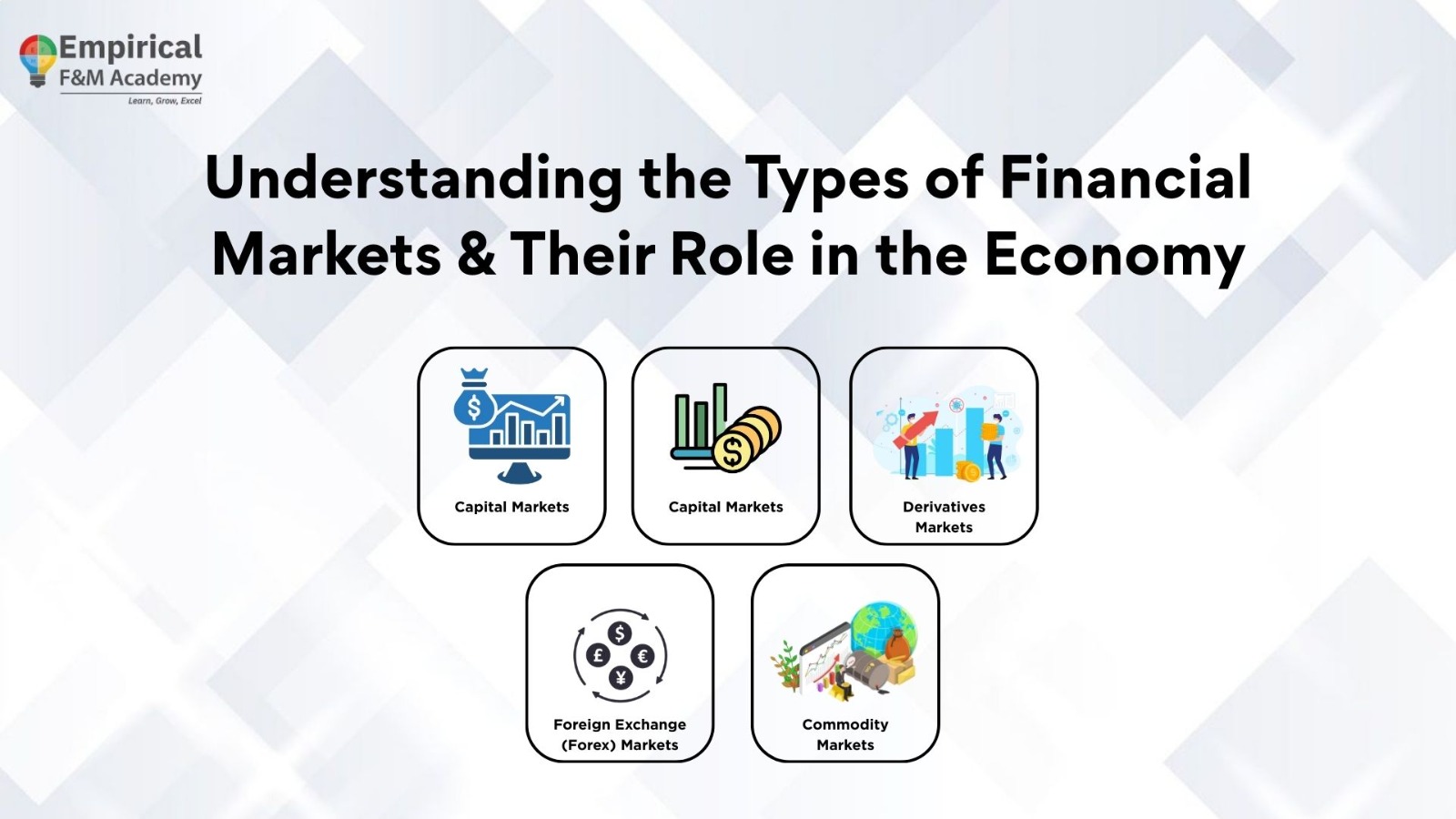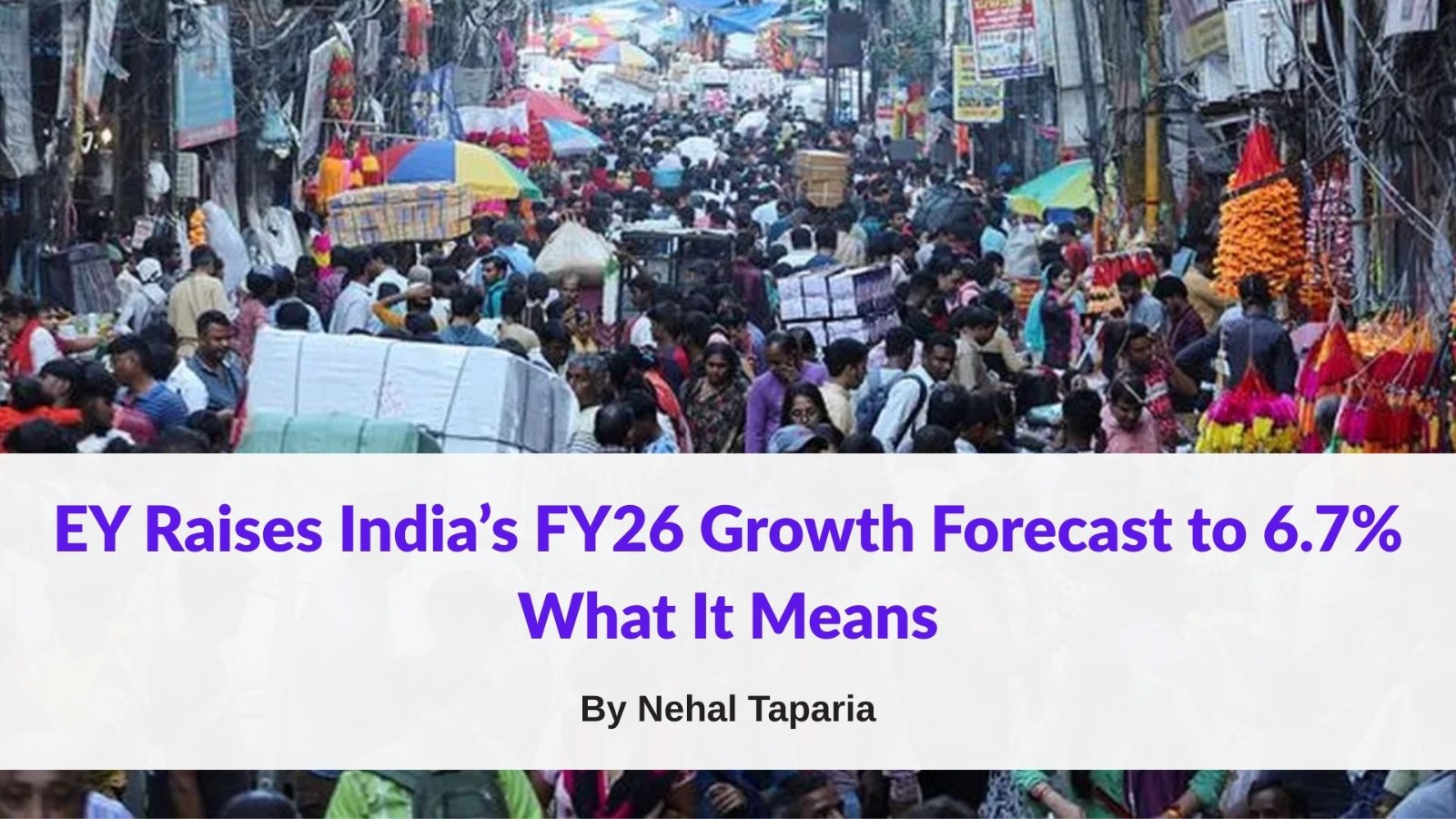History Of The Stock Market

History Of The Stock Market
The history of the stock market in India dates back to the late 18th century when the East India Company used to transact loan securities.
The Bombay Stock Exchange (BSE), established in 1875, is one of the oldest stock exchanges in Asia. It started as an informal group of brokers under a banyan tree and later evolved into a formal exchange. The BSE played a crucial role in the development of the Indian stock market.
The 20th century saw significant growth in the Indian stock market, with the introduction of new regulations and the establishment of the Securities and Exchange Board of India (SEBI) in 1988. SEBI was established to regulate the securities market and protect the interests of investors.
In 1992, the National Stock Exchange of India (NSE) was established to provide an electronic trading platform and improve transparency in the stock market. The NSE introduced new trading technologies and practices, which helped in the growth and development of the Indian stock market.
Here’s a brief timeline of significant events in the history of the Indian stock market:
1850s:
Trading in corporate stocks and shares in Bank and Cotton presses takes place in Bombay (now Mumbai).
1875:
The Bombay Stock Exchange (BSE) is established as “The Native Share & Stock Brokers’ Association,” later renamed in 1956. Market Cap. ₹366 trillion (US$4.6 trillion) (January 2024)
1894:
The Ahmedabad Stock Exchange is founded.
1908:
The Calcutta Stock Exchange is established. Market Cap. ₹57,750,020,000 (US$720 million) (2019-20)
1947:
India gains independence from British rule, leading to significant changes in the Indian economy and financial sector.
1956:
The Government of India nationalizes the Reserve Bank of India (RBI) and enacts the Industrial Policy Resolution, which emphasizes the role of the public sector in the economy.
1961:
The Securities and Exchange Board of India (SEBI) is established as a regulatory body to oversee and regulate the securities market.
1991:
India initiates economic reforms under Prime Minister Narasimha Rao and Finance Minister Manmohan Singh. Liberalization, privatization, and globalization (LPG) policies are introduced, leading to significant changes in the Indian economy and financial sector. Foreign institutional investors (FIIs) are allowed to invest in the Indian stock market.
1994:
The National Stock Exchange of India (NSE) is established, introducing electronic trading and screen-based trading for the first time in India. Market Cap. ₹334.7 trillion (US$4.2 trillion) (December 2023)
2000s:
The Indian stock market experiences rapid growth, with the Sensex (BSE’s benchmark index) and Nifty (NSE’s benchmark index) reaching new highs. The market witnesses increased participation from domestic and foreign investors.
2008:
The global financial crisis affects the Indian stock market, leading to a sharp decline in stock prices. However, India’s relatively strong financial regulations and economic fundamentals help mitigate the impact compared to other countries.
2010:
The Indian stock market continues to grow, with the Sensex and Nifty reaching new milestones. The introduction of new financial products, such as derivatives trading, further enhances market depth and liquidity.
2020:
The COVID-19 pandemic causes significant volatility in the Indian stock market, with sharp declines followed by a strong recovery fueled by monetary and fiscal stimulus measures.
Today, the Indian stock market plays a crucial role in the country’s economy, providing a platform for capital formation and investment opportunities for individuals and institutions alike. It continues to evolve with advancements in technology, regulatory reforms, and changes in global economic dynamics.
Copyright © By Empirical F&M Academy. Design & Developed by Techno Duniya

.jpeg)
.jpeg)
.jpeg)

.jpeg)




